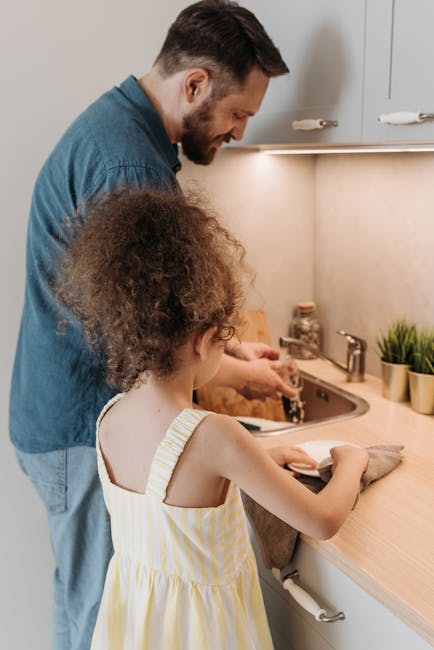The Role of Toys in Therapy: Helping Children Cope
Children communicate in ways that are as unique and varied as their personalities. For some, words flow easily, describing feelings and experiences. For others, the language of play speaks volumes. In therapy, toys become more than just objects—they transform into essential tools for healing and understanding. In this blog post, we will explore how toys are used in therapy to help children cope with various emotional and psychological challenges.
Table of Contents
1. Introduction
2. Understanding Toys in Therapy
3. Types of Therapeutic Toys
4. Benefits of Play Therapy
5. Therapist and Parent Collaboration
6. Conclusion
7. FAQs
Introduction
We all remember the joy of playing with toys as children. Whether it was building blocks, dolls, or toy cars, these objects weren’t just toys; they were avenues for creativity and expression. In therapeutic settings, toys take on an even more profound role. They become instruments for children to express feelings and work through issues that they might not be able to articulate verbally. Welcome to the fascinating world of play therapy, where toys become the language of healing.
Understanding Toys in Therapy
Play therapy is a form of counseling or psychotherapy that uses play to communicate with and help children. Unlike adults, who can articulate their thoughts and emotions, children often lack the vocabulary to express complex feelings. Through play, therapists can observe and understand a child’s emotional state and thought processes.
By engaging in play, children can act out their experiences and feelings in a safe and supportive environment. This process helps therapists gain insights into a child’s world and the issues they may be facing, whether it’s anxiety, trauma, or behavioral problems.
Types of Therapeutic Toys
The toys used in therapy are carefully selected to serve different purposes. Here are some of the most common types:
1. Creative Play Toys
These include art supplies like crayons, paints, and clay. They allow children to express their feelings creatively. Art can be a powerful medium for children who may not be able to verbalize their emotions.
2. Role-Playing Toys
Dolls, action figures, and stuffed animals fall into this category. Through role-playing, children can act out scenarios that are troubling them. It helps therapists understand a child’s inner world and provides a platform for discussing difficult topics.
3. Building Toys
Toys like blocks and Lego sets encourage problem-solving and can be used to build self-esteem. As children succeed in building structures, they gain confidence in their abilities.
4. Sensory Toys
These include items like sand, water tables, or textured balls. Sensory play can help children with sensory processing issues and can be calming for those who are anxious or over-stimulated.
Benefits of Play Therapy
Play therapy offers numerous benefits for children, making it an effective tool for addressing various psychological and emotional challenges:
Emotional Regulation
Through play, children learn to regulate their emotions, understanding and managing feelings of anger, sadness, or fear.
Improved Communication
As children express themselves through play, they develop better communication skills, learning to articulate thoughts and emotions more clearly.
Problem-Solving Skills
Therapeutic play encourages children to think critically and solve problems, skills that are valuable both in and out of therapy sessions.
Building Resilience
By working through difficult scenarios in a safe environment, children build resilience, learning to cope with real-life challenges more effectively.
Therapist and Parent Collaboration
For play therapy to be most effective, collaboration between therapists and parents is crucial. Parents can provide valuable insights into their child’s behavior and emotional state, helping therapists tailor their approach to the child’s specific needs.
Moreover, parents can reinforce therapeutic techniques at home, creating a consistent and supportive environment for the child. Regular communication between therapists and parents ensures that everyone is working together towards the child’s well-being.
Conclusion
Toys in therapy are more than just playthings; they are powerful tools that help children navigate the complexities of their emotions and experiences. By facilitating expression, communication, and healing, play therapy offers children a path to understanding and coping with their world. As we continue to explore and understand the profound impact of toys in therapy, we empower children to grow into resilient, emotionally healthy individuals.
FAQs
What age group is play therapy suitable for? 🤔
Play therapy is generally suitable for children aged 3 to 12. However, it can be adapted for younger children and even adolescents with appropriate modifications.
How long does play therapy typically last? ⏳
The duration of play therapy varies depending on the child’s needs and the issues being addressed. Sessions typically last 30 to 50 minutes and can continue for weeks or months.
Can parents be involved in play therapy sessions? 🤝
Yes, parents are often involved in play therapy. Their insights can be invaluable, and their involvement can help reinforce the therapy’s effectiveness outside of sessions.
By understanding the role of toys in therapy, we can better support the emotional and psychological development of children, helping them to thrive in a complex world.
